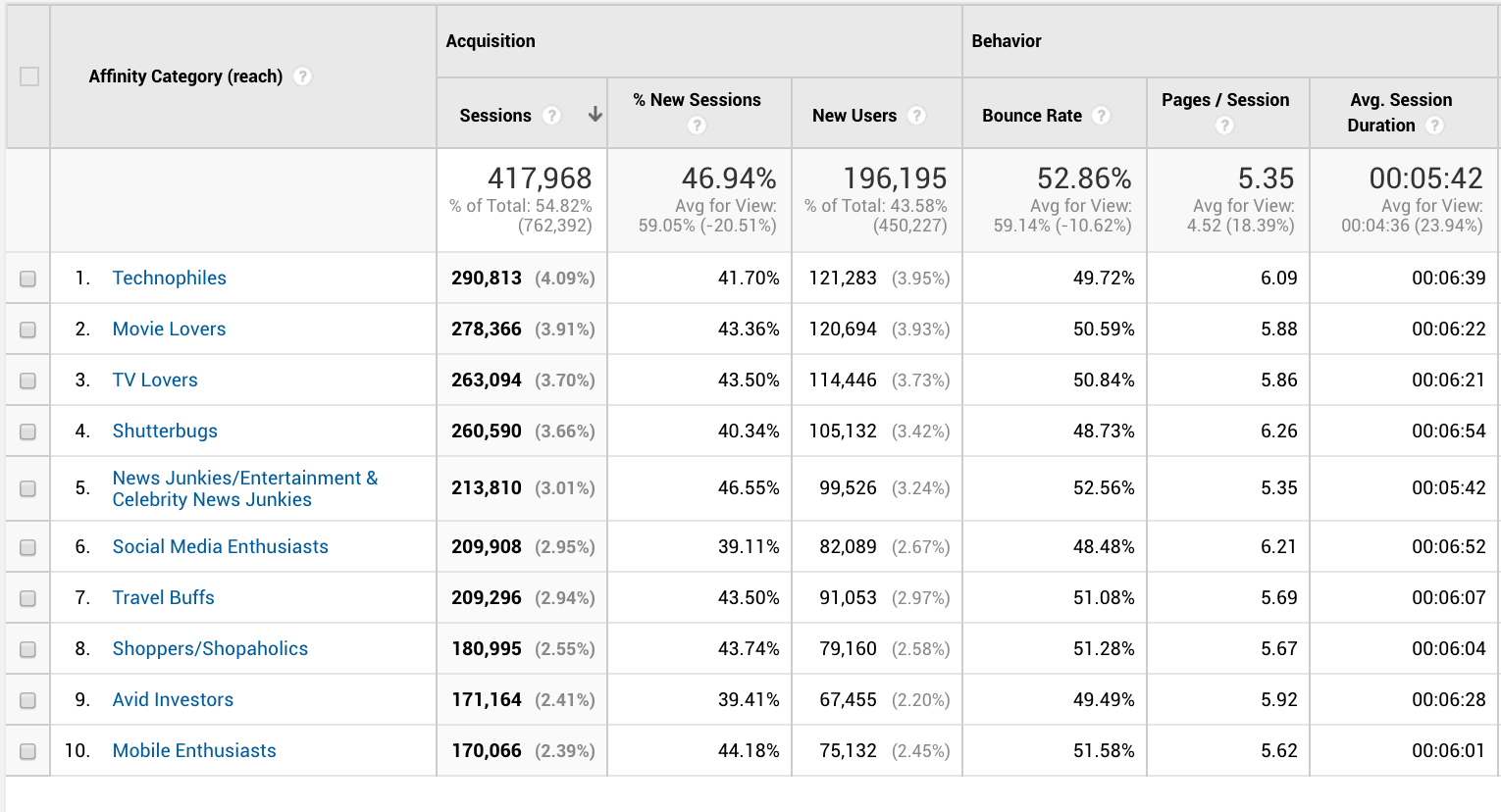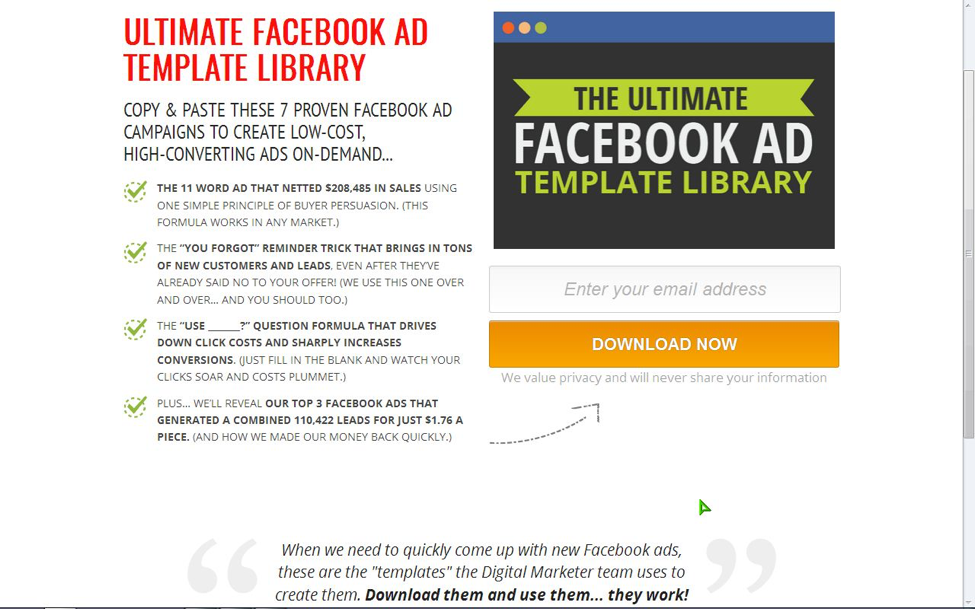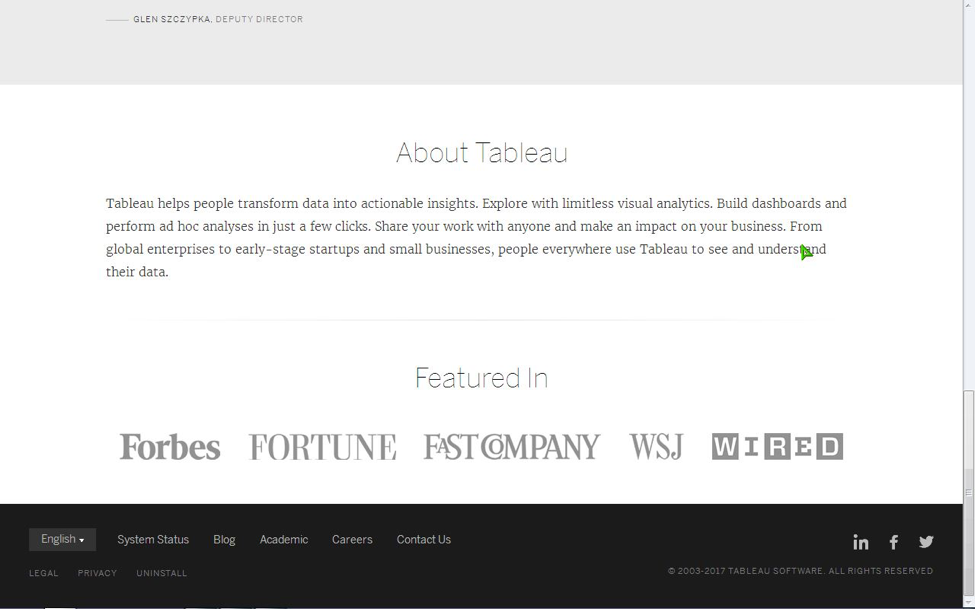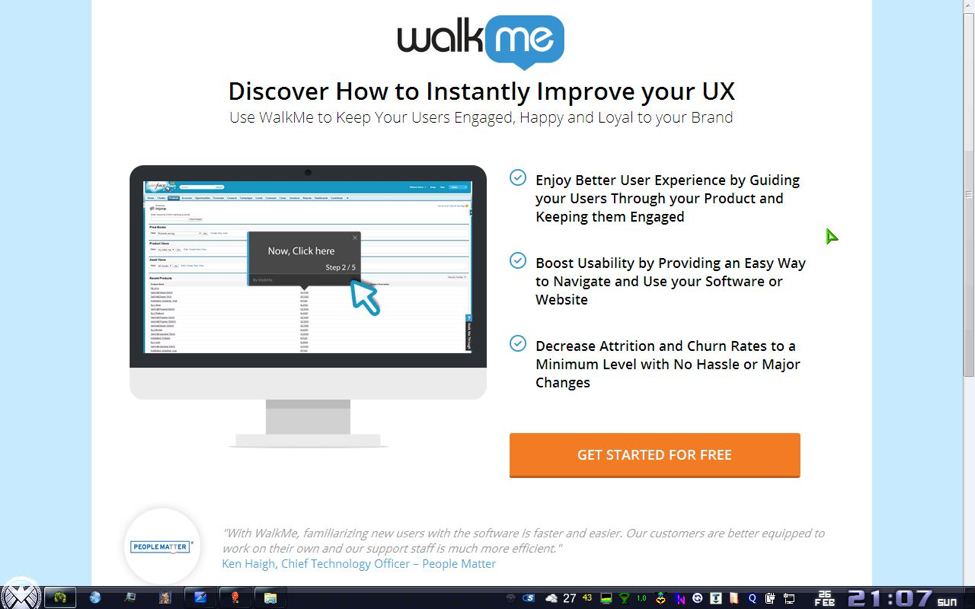We all want to get to know our customers better. If we could wave magic wands and have customers walking directly into bespoke products and services tailored with them specifically in mind, we would. Unfortunately, business – and life – does not work that way.
To understand our customers better, we need systems in place to acquire and analyze data, we need the right approach to using that data, and we need to be able to compromise.
With marketing automation, we already have those systems implemented throughout our company. Marketing automation systems provide us with the insight we need, as well as the means of storing and reporting on large amounts of customer data. We also have the right approach; we want to use this data to better understand our customers and provide a genuinely useful service.
It is the final element – compromise – that can cause difficulty. In essence, customer segmentation is one big compromise; we want to understand our customers on an individual level, but this is impossible. So, instead, we divide our customers into convenient groups and aim to meet their needs in as direct a manner as we can.
But how much should we compromise? How can we get the right balance and provide our customers with seamless services and support?
Segmentation aims
To begin with, we need to devise our aims for segmentation. Writing for OpenView, Tien Anh Nguyen defined the three types of customer segmentation. These classifications are a priori, needs-based, and value-based.
A priori refers to simple segmentation along a range of general characteristics. These might include gender, age, income level, or engagement medium. This is the most basic form of segmentation and uses information that is freely available to numerous other parties. This limits the usefulness of a priori segmentation.
Needs-based uses information gathered through thorough market research and interaction to divide customers based on their needs. This is a far more sophisticated form of segmentation than “a priori”, and goes some way to forming a profound understanding between customer and business.
Value-based segmentation divides customers along boundaries of overall value. This requires the harvesting of data from customer and client interaction over an extended period.
While Mr Nguyen is writing with specific regard to the B2B market, this model still applies to B2C businesses. In order to create manageable and useful segments of customers, we must first define our aims, and then decide which of the methods mentioned above is the most suitable.
Tried and tested segments
Once formed, customer segments must be subjected to intense scrutiny and examination on a long term basis. It is only by trying and testing and then trying and testing again, over and over, ad infinitum, that we can be sure that our segments are truly working and are as effective as they can be.
One problem which many of us encounter when attempting to build such customer segments is that we get a little ahead of ourselves. We think we know our customers – and we are sure that we know our business – and so we make assumptions. Making guesses and building segments based on such intangibles will only lead you down a blind alley, leaving you with customer segments and buyer profiles that are not fit for purpose.
The data is there; it is up to you to use it. Only form customer segments based upon solid truths, facts, and figures. Leave the guesswork out of it all together, re-appraising the efficacy of each segment with each new data set you lay your hands on. Don’t forget that the segments must be flexible; if you receive data which conflicts what you already have and you decide that a reorganization is necessary, then reorganization is what needs to take place.
Omnichannel approaches
Remember that modern consumers are fluid and therefore your customer segmentation strategies need to reflect this. Make sure that your customer segments are optimized for use across all of the relevant access points of your organization.
Increasing numbers of customers use mobile devices to shop for products and services, alongside more traditional means. The physical store is still an important part of retail, but customers are starting to browse products online beforehand or reserve products for collection.
Getting this right requires research and behavioral analysis. Which access points do customers within a certain segment tend to use? At which points are we losing customers from each segment? Which products would benefit this particular segment?
Develop each segment by answering these questions and use the answers to map out typical customer journeys for each segment. There is likely to be more than one typical journey for each, but by understanding them, you are coming one step closer to achieving a totally omnichannel structure within your organization.
Expanding the profile
Initially, we compromise because of time, cost, and a scarcity of resources. We must start small, working with the data we have in an effort to better understand our customers and to market to them in a more effective manner. This is the nature of the compromise in the early stages; the odds are stacked against us but we are making the best of what we have.
However, the situation doesn’t remain this way forever. Interactions develop and flourish, our marketing automation platforms feed more and more data into our organizations, and our situation hand becomes stronger. With this influx of data, we can make the segments even more accurate.
As we learn more about each segment, we can add more detail to their profile. We might find that, as the wealth of resources at our disposal has grown, we are now in a position to implement more specific profiles and segments and in increasing numbers within our business.
This is the nature of the compromise we are aiming for. It is almost not a compromise at all; instead, we have developed astonishingly accurate, inherently useful customer profiles which we can then utilize in our marketing and support initiatives.
With this level of business intelligence, client understanding and marketing savvy, the sky is the limit for what your business can achieve.
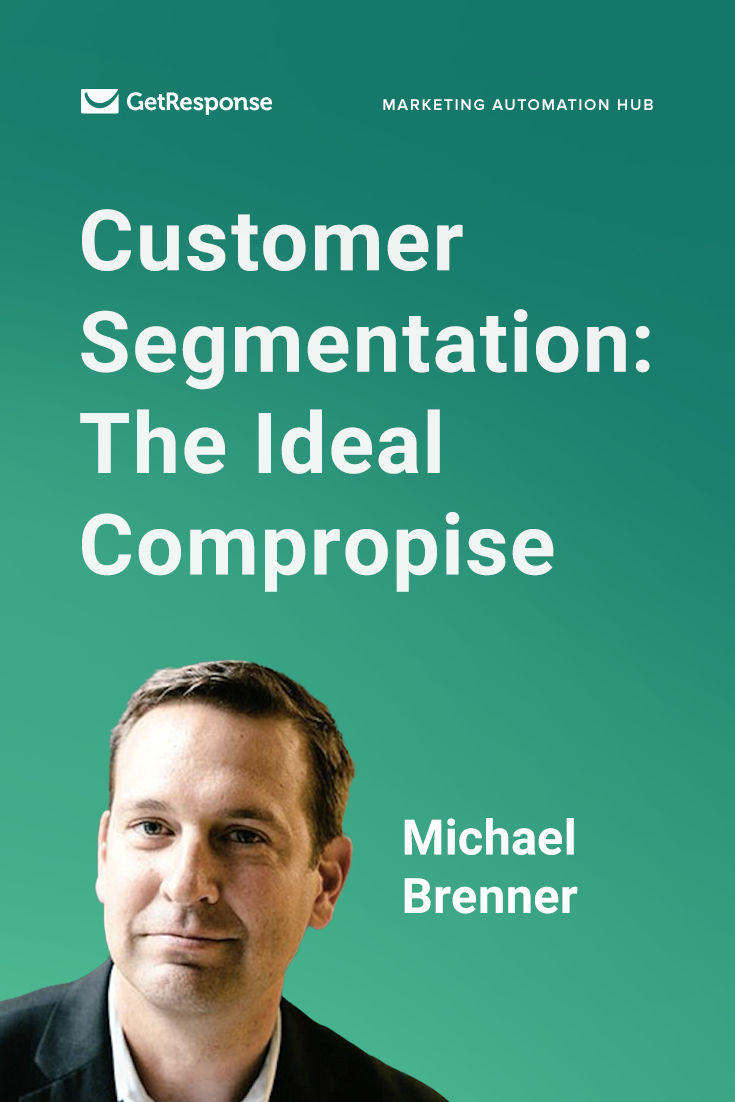
Related posts
The post Customer Segmentation: The Ideal Compromise appeared first on GetResponse Blog – Online Marketing Tips.




